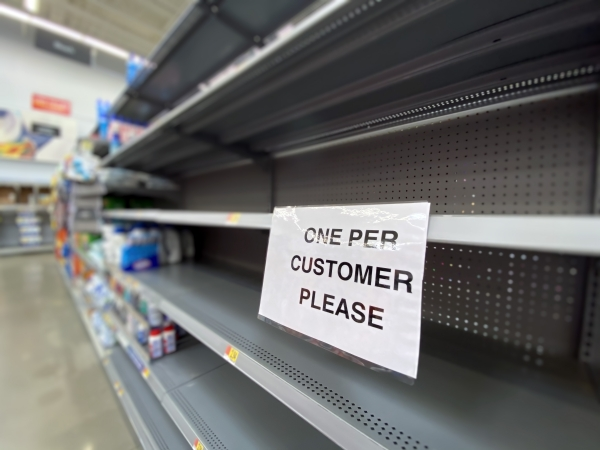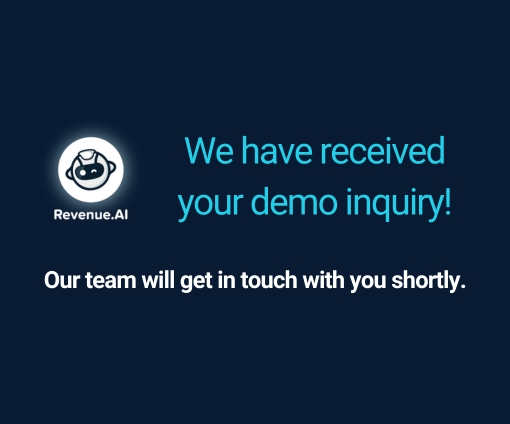In today’s competitive market, and with inflation rates set to remain high, it’s become vital for companies to double down on efforts to maximize both their net revenue and profit. This is especially true in the consumer packaged goods (CPG) industry, where companies routinely deal with price volatility.
But with the steady migration of shoppers to e-commerce platforms causing a seismic shift in sales channels, as well as the thorny issue of rising inflation, business has got a little more complicated for CPG companies and revenue management.
Keeping pace & staying competitive in a changing market
The pandemic has had long-reaching effects on the CPG market. The global digital transformation and steady advance of e-commerce that it triggered show no signs of abating.
Online sales are growing swiftly world-wide in comparison to in-store purchases; figures indicate the increase year on year at over 50% in some categories. China and the USA lead the charge in terms of spending online, but consumer habits in Europe, the Middle East and Latin America are also rapidly changing.
The rate of change in channels is unprecedented. CPGs must ensure effectiveness by keeping up with the demand for online shopping experiences and growing those channels while also creating personalized promotions in those spaces.
This evolving direct-to-consumer environment can boost sales, but can it contribute to overall business growth?
E-commerce is not all moonbeams and sunshine. With the increased popularity of comparison shopping and online retailers, bricks-and-mortar stores and the traditional key accounts of CPG manufacturers have lost their potency. Meanwhile, influencers and others nimble enough to have direct and quick access to the market are eroding their consumer base.

Additionally, supply chains have been exposed to chaos and disruption, as even big brands, caught off guard by the speed with which consumers adopted online shopping, struggled to meet demand. This in turn translated to a cap in profitable growth. But focusing only on demand to solve the issue is not the only way forward.
The detailed intricacies of how supply chains can keep up with this proliferation of channels would require a blog post all its own; the complexities are mind-blowing. The underlying message, however, is simple. CPG supply chains are still geared for brick-and-mortar stores and fall woefully short of demand created by the e-commerce platforms.
But with the right systems in place, short- and long-term planning in projections and capacity can be consolidated. With more integrated in-company relationships between the supply chain and commercial functions to foster transparency and flexibility, companies can learn to keep up with our new omnichannel universe.
Inflation and finding the right price
As if steering a steady course through a pandemic and changing consumer behaviors was not testing enough, we’re now faced with rising costs that are set to continue rising with inflation, making price points very tricky indeed to navigate.
During the pandemic, the focus was on meeting demand; now CPGs want to target growth and market despite increasing inflation. Thinking ahead strategically in terms of years is now more important than ever. Price objectives should be obtained through multiple revenue management tools to ensure brands survive these less-than-ideal conditions.
There’s an increased need to tread carefully by observing simulations and identifying what impacts would be seen on changes in price across price tiers and income levels, while keeping in mind shopper’s concerns regarding affordability.

All roads lead to: Data
It is no exaggeration to say that revenue management, as the practice of utilizing data to identify ways to grow a business from a net revenue standpoint, is key for the healthy operation of any business. But for continued revenue growth in the CPG industry, it is particularly true. A method that is at once holistic and yet highly specific to this sector is required.
Most CPG companies already have access to mountains of data: from customer research and consumer analysis, to POS, retailer and brand loyalty, social media and web data, the list goes on. What organizations do lack, however, is a holistic approach to assessing this information.
Different departments of a company often operate in isolation, with each one relying on their own sources of data and analytics. But when each department marches to the sound of its own drum, it’s difficult to make strategic decisions that will benefit the company as a whole.
Revenue management has the scope to examine an entire company’s operations and understand holistically what drives revenue. It can thus directly effect changes across pricing, promotions, finance and product assortment to increase the bottom line, without just relying on cost-cutting measures or campaigns in any one area of the business.
Maximizing potential of an existing customer base
Revenue management can effectively work with a scenario that sees further growth in the market as being unfeasible. In this case, the question is how can existing customers be persuaded to purchase products that offer the company increased profit margin?
Firstly, it’s imperative to research the market and use analytics to find opportunities with established customers. By examining their thought processes and pathways to purchase, as well as understanding any unmet needs, more informed decisions can be made about product assortment. While finding opportunities for upselling and cross-selling, revenue management can also point out which products to change and which to get rid of completely.
By eliminating the items that don’t sell, you will effectively streamline the product mix, leaving customers better able to narrow in on the items they really want. And an optimal number of product choices has the added value of making purchasing decisions easier for customers.
Optimizing account management
When considering your retailers and key accounts, it’s worthwhile identifying which ones have terms that are the most profitable. Using an interdisciplinary revenue management approach, you can uncover ways to drive more consumers to these accounts, or shepherd more of their end-users to your premium product assortment.
The benefit of applying revenue management when assessing the nuts and bolts of your terms and conditions is that it looks beyond the usual fixed and variable costs, and even seemingly minor changes can reap significant rewards. For example, how would your profitability change if you trimmed the terms on a key account from 90 to 60 or even 45 days? The answer might surprise and inspire you.
Pricing, promotions & profitability
Revenue management relies on data to understand exactly what’s selling, where, at what price and at what cost. Without this in-depth knowledge, price optimization cannot be achieved and in turn, promotions are effectively spaghetti being thrown against a wall.
Analysis of a range of factors is necessary to determine the best possible price for a product: costs, consumer demand and competitor pricing, just to name a few. Setting prices either too high or too low can both cause issues and entail losing either money or market share respectively.
The importance of precision pricing and tailored promotion in profitability cannot be overstated, but it has become especially key in these times of cost increases and supply chain issues. Identifying the optimal price and promotional strategy can maintain customer loyalty, increase share and drive profitability in highly competitive markets with evolving consumer behavior.
Customers react in complex ways to economic uncertainty, and price sensitivity does not always equate to choosing the cheapest option. Consumers seeking value in this post-pandemic era react in different ways, so finding the right path for pricing and promotion is vital now more than ever to drive incremental revenue.

Revenue management: the secret sauce of CPGs
The rapid evolution of new sales channels and the sheer volume of consumer information available today have permanently transformed the business landscape. But likewise, it has also changed the ways organizations can achieve growth, even in these challenging times.
Applying revenue management to CPG business can not only be a game changer, but a life jacket to weather the tough times when there is little expansion potential in the traditional sense. And to remain competitive, revenue management is critical in defending profit margins for the CPG industry.






